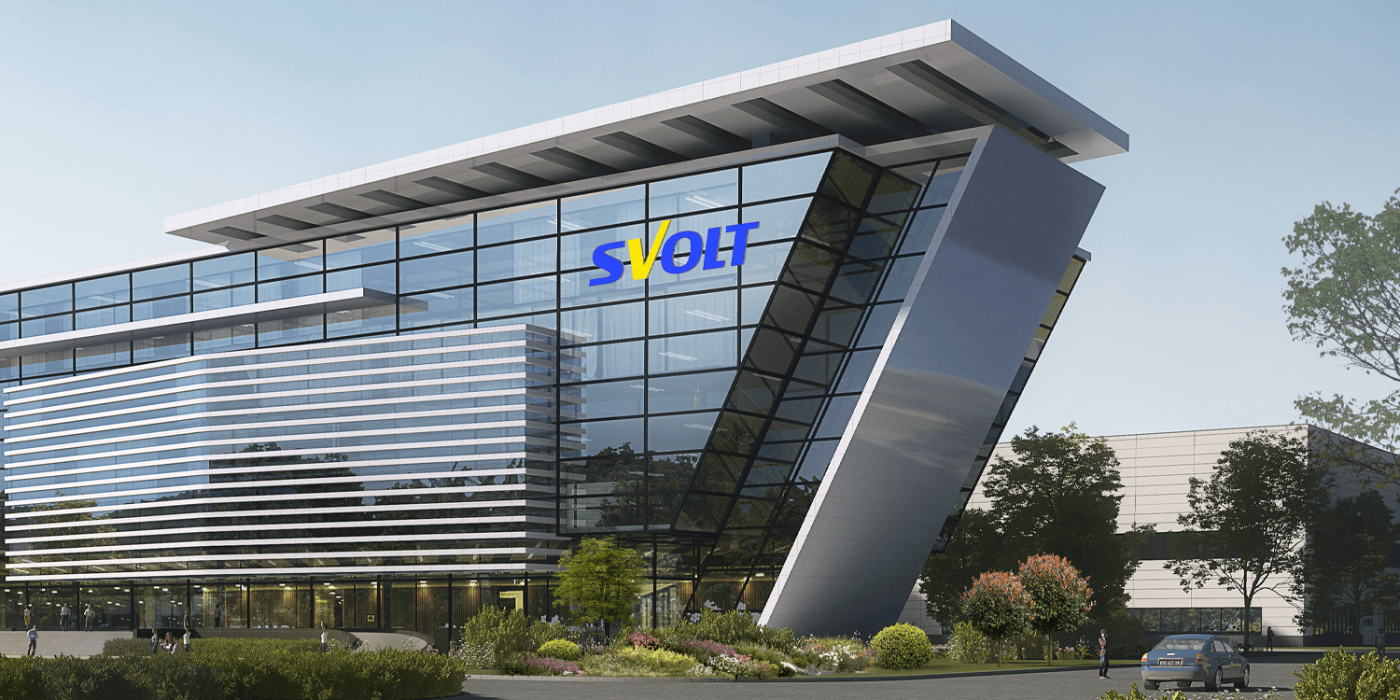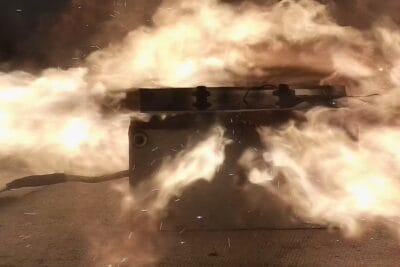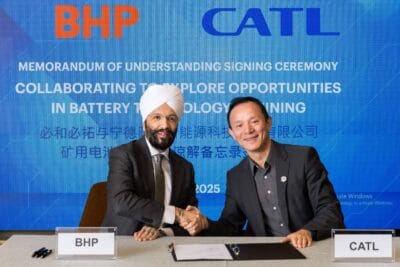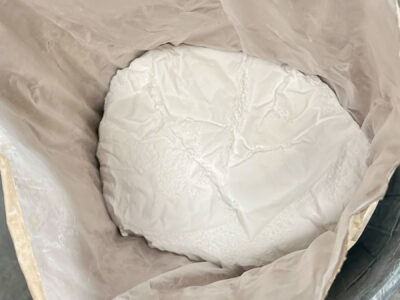Stellantis to source batteries from SVOLT
From 2025, Stellantis will also source its batteries for electric cars from SVOLT. The fact that SVOLT will be one of the future suppliers of battery cells alongside CATL, BYD, Samsung and LG Energy Solution was already mentioned by Stellantis a few days ago when it presented its new electric strategy.
As SVOLT now announces, it will provide the car company with “a broad product portfolio” from 2025: “From battery cells to high-voltage storage and battery management systems.” For the Stellantis order, SVOLT will use its production capacities in China and its future production capacities in Europe – to be precise, the planned factory in Saarland. SVOLT does not give concrete figures on the size of the order.
“We are very pleased to have won such a renowned customer like Stellantis for our high-quality lithium-ion batteries and battery systems and to be able to supply them with batteries in the future,” expresses Maxim Hantsch-Kramskoj, Vice President Sales & Marketing SVOLT Europe. SVOLT has put a lot of development work into the creation of cobalt-free cells over the past years. In April, mass production of cobalt-free cathode material for the company’s so-called NMX battery cells is said to have started in Jintan, in eastern China. The cobalt-free battery cells based on this material are to be produced from this summer.
The Chinese battery cell manufacturer, which emerged from Chinese carmaker Great Wall a few years ago, had first announced the cobalt-free cells in 2019 and provided initial details in May 2020. The first cell variants have been available for order since mid-December. Which cell type the company will supply to Stellantis is unclear at the moment, but there is a lot to be said for precisely these cobalt-free cells. At its ‘EV Day 2021′ a few days ago, the multi-brand group announced a comprehensive electrification strategy based on four BEV platforms and explained its intention to use two battery cell chemistries throughout the group: A cheaper version without nickel and cobalt (but probably no LFP chemistry, Stellantis indicated iron and manganese as materials in addition to lithium), which will come to an energy density of 400 to 500 Wh/l at cell level and be integrated into the vehicles with the cell-to-pack approach. And secondly, a nickel-based cell chemistry, with a nickel-manganese cathode. At the cell level, the target is 600 to 700 Wh/l, but modules will initially be used here. The step to cell-to-pack has been announced for 2026. Stellantis is also aiming for the first use of a solid-state battery in vehicles in 2026.
For 2025, Stellantis assumes a worldwide demand of 130 GWh for the group, 80 GWh of which in Europe. In addition to the gigafactories of ACC (the joint venture with the Total subsidiary Saft), the cells will be purchased from CATL, BYD, Samsung, LG Energy Solution and SVOLT. In 2030, the demand is expected to be 260 GWh, of which more than 170 GWh will be in Europe.
SVOLT, for its part, is aiming for a global production capacity of 200 GWh and seven R&D centres worldwide by 2025. Against this background, the company announced in February that it would expand its production capacities in China. New factories are planned in Huzhou in China’s Zhejiang province and in Suining in Sichuan province, with annual capacities of 20 GWh each.
In November 2020, SVOLT had also announced its intention to build a battery cell factory with a capacity of 24 GWh in Saarland. Cell production is to start by the end of 2023, and modules and packs are also to be assembled from the battery cells at another site in Saarland. According to a 2020 announcement, the Chinese company intends to invest a total of up to two billion euros in the state for the two sites, with up to 2,000 jobs to be created in the final expansion stage.





0 Comments